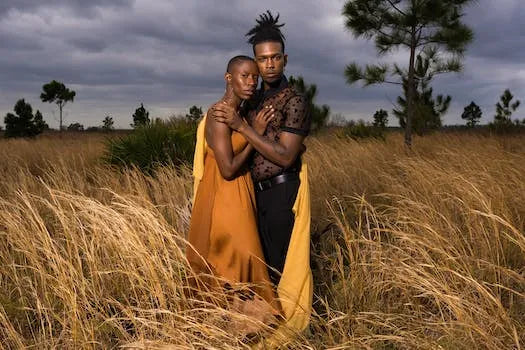Understanding Embodied Cognition: The Psychology Behind Fashion Choices
The Concept of Embodied Cognition in Fashion
Embodied cognition is a concept from psychology. It looks at how our minds and bodies work together. In fashion, this idea is vital. What we wear can affect how we think and feel. It can even change how we act. This is because our clothes are not just things we put on. They are part of us – they can give us confidence or comfort. Designers use embodied cognition to create trends. They think about how clothes will make us feel. This makes us want to wear them. In the UK, fashion is shaped by this idea. Trends here reflect how we want to feel in our daily lives.

How Our Senses and Body Influence Fashion Trends
Our senses greatly shape how we perceive fashion. They mold our choices and set trends. The feeling of fabrics, visual appeal, and even scent all play roles. Together, they affect what we choose to wear. This is rooted in embodied cognition. It means our physical experience impacts our choices. In the UK, fashion trends often reflect this. For example, soft, cozy textures become popular in cooler months. Bright, airy fabrics rise in summer. This shows a direct link between our sensory experiences and fashion.
The Impact of Color Psychology on UK Fashion Industry
The Influence of Color on Consumer Behavior
Colour shapes our choices in UK fashion. It sways what we buy and wear. Bright hues may boost mood and confidence. Dark tones can give a sense of power or elegance. Marketers use these insights. They craft ads that appeal to our love of certain colours. Red may incite excitement, influencing impulse buys. Blue can soothe, likely to attract those valuing comfort. Understanding this, UK brands adapt their styles. They pick colours that resonate with consumer emotions. This drives trends and sales within the industry.
Seasonal Color Trends and Their Effects on Fashion
The UK fashion industry undergoes a vivid transformation with each season. As leaves turn golden in autumn, fashion follows with rich, warm hues. Icy silvers and blues drape the winter collections, echoing frosty scenes. The rebirth of spring brings a palette of pastels, mirroring blooming flora. Come summer, bold and bright colors burst onto the scene, mirroring the lively vibe. These shifts in color trends not only reflect the external world but also shape consumers' emotions and behaviors. Brands keenly tune into these seasonal tones, weaving them into their designs to capture the mood of the moment and engage shoppers.
Integrating Embodied Cognition and Color Psychology in Marketing Strategies
Crafting Visual Campaigns That Resonate with Consumers
To create ads that touch the heart, marketers blend fashion psychology and colors. They use this mix to craft campaigns. The aim is to engage and move the audience. This involves knowing how the mind and dress sense connect. With this, they pick colors that spark the right feelings. They strive for ads that are not just seen but felt. This affects how we view clothes and what we buy. The goal is to make fashion more than just clothes. It should resonate with our inner self. So, marketers craft ads that reflect how people want to feel. They turn clothes into statements that echo personal desires. This bond between ad, color, and consumer drives success.
Utilizing Color and Aesthetics to Drive Sales and Engagement
The artful blend of color and design can greatly impact sales. Marketers in the UK fashion industry employ color psychology and embodied cognition in their campaigns to create powerful consumer connections. Strategic color choices evoke emotions, conveying brand identity and seasonal messages. Aesthetic elements also play a role in embodied cognition, encouraging customers to imagine the feel and experience of wearing clothes. This integration can lead to an increase in customer engagement and drive sales, proving the effective use of color and aesthetics is key in fashion marketing strategies.

0 comments